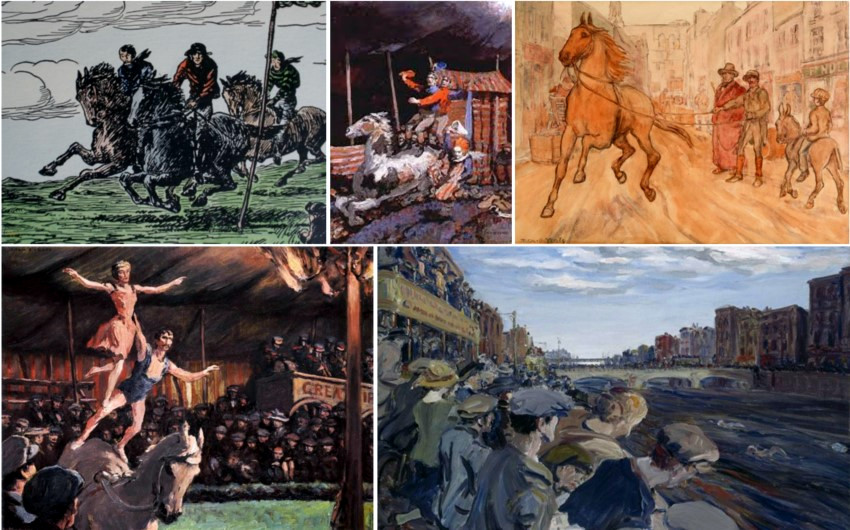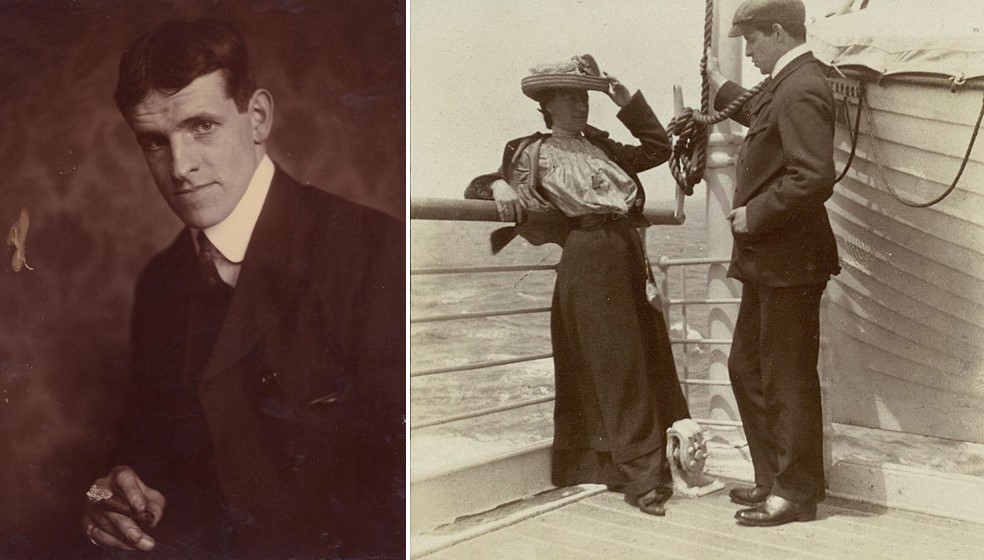Chiswick School of Art, now ArtsEd
Location 7
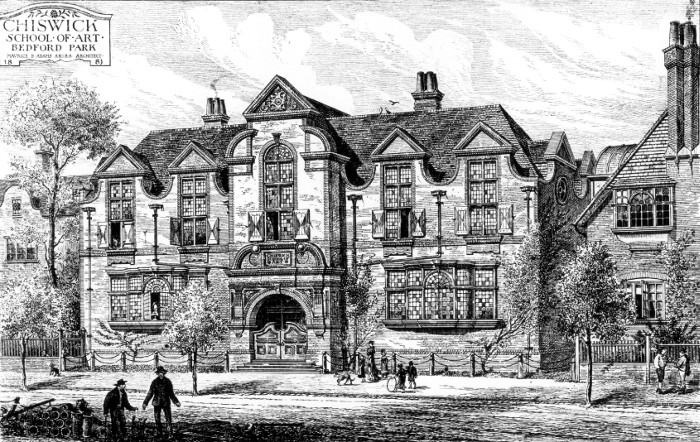
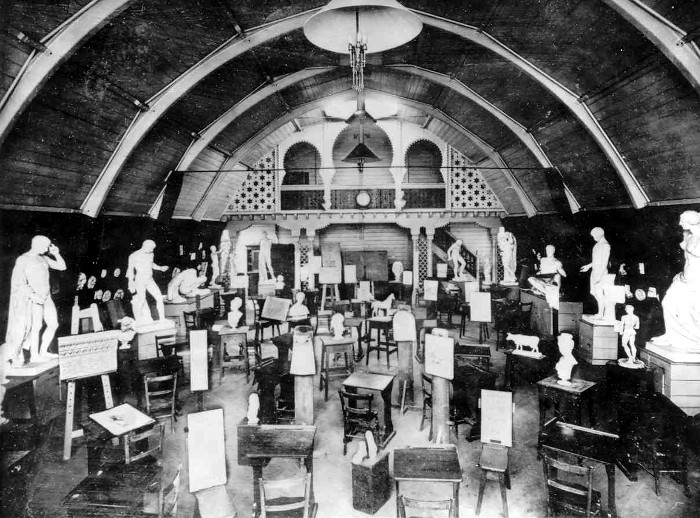
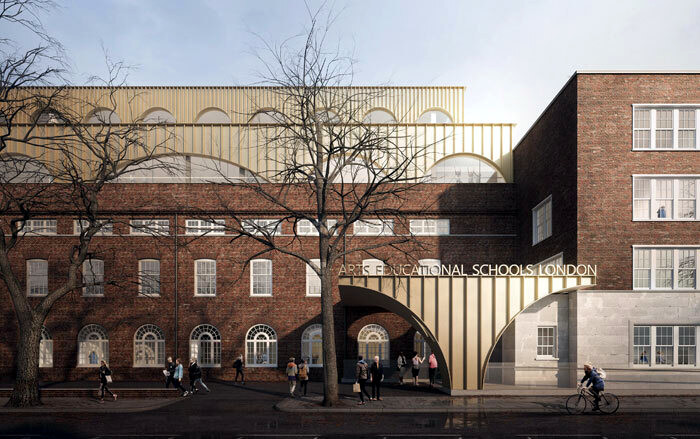
Many people will know Yeats’s epitaph: Cast a cold eye / on life, on death. Horseman, pass by!
Or they might remember the image of a horse in his poem, “Easter 1916”, and the significance of horsemanship in his poems and plays.
When the family moved from Woodstock Road back to Dublin in 1879, Yeats’s younger brother, Jack, was sent to live with his maternal grandparents in Sligo, rejoining the family in Bedford Park in 1888. So Jack was even more exposed to rural life, country fairs, travelling circuses and horse races than his older brother, which made them among his favourite subjects as a painter.
And it was here, on the site that is now ArtsEd, a leading performance-arts school, that Jack attended the Chiswick School of Art. Here too that he met fellow art student Mary Cottenham, whom he married, leaving Bedford Park for the West Country, before settling in Ireland.
Jack first applied his artistic skills (and his humour) as an illustrator for Boys Own Paper, Punch and a magazine called The Vegetarian. Later he would design sets for the Abbey Theatre, and provide illustrations for the Cuala Press that his sisters created in Dublin. And he would develop a unique view of contemporary Ireland that explored both the joy of music, drama, horses and circus crowds, as well as the sense of isolation in modern life, a sense he shared with his close friend, the writer Samuel Beckett.
Jack became Ireland’s first Olympic Games medallist at the 1924 Summer Olympics in Paris when his painting, The Liffey Swim, won silver in the “arts and culture” segment of the games.
Samuel Beckett paid £30, in instalments, for his favourite Jack Yeats painting, entitled “A Morning”: it was the one possession he took on fleeing Occupied Paris during the Second World War to join the Resistance. In 1999 Jack B Yeats became the first Irish artist to have a painting sell for over a million pounds.
In Yeats’s poem “At Galway Races”, we catch the exhilaration both brothers felt at the idea of celebratory crowds and the boldness of horsemanship in a timid, penny-pinching, pen-pushing world. It’s a poem with all the energy and swirling enthusiasm of a Jack B Yeats painting.
